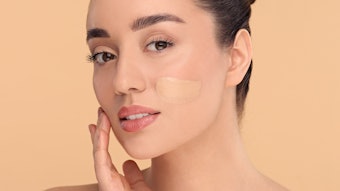Sunlight is composed of a continuous electromagnetic spectrum divided into UV (100 nm–390 nm), visible (400 nm–700 nm) and infrared (>700 nm). The UV section of the spectrum is subdivided into UVA (320 nm–390 nm), UVB (290 nm–320 nm) and UVC (<290 nm). UVC is strongly absorbed by stratospheric ozone and is practically absent at sea level, although accidental exposure still can occur. UVA comprises 90–95% of the remaining incident UV radiation. The interaction of UV radiation with human skin is a complex and controversial subject, although the general principles are becoming clear and well-accepted within the scientific community.
Human skin is a multilayer structure with the outermost layer, the stratum corneum (SC), serving as the protective coating. The SC forms part of the epidermis, which acts as a barrier to prevent water loss and invasion from infectious agents and other damaging substances. Beneath the epidermis lies the dermis, which consists of connective tissue, nerve endings, follicles, sweat glands and so on.
To purchase the complete version of this article, click on "Purchase This Article."










